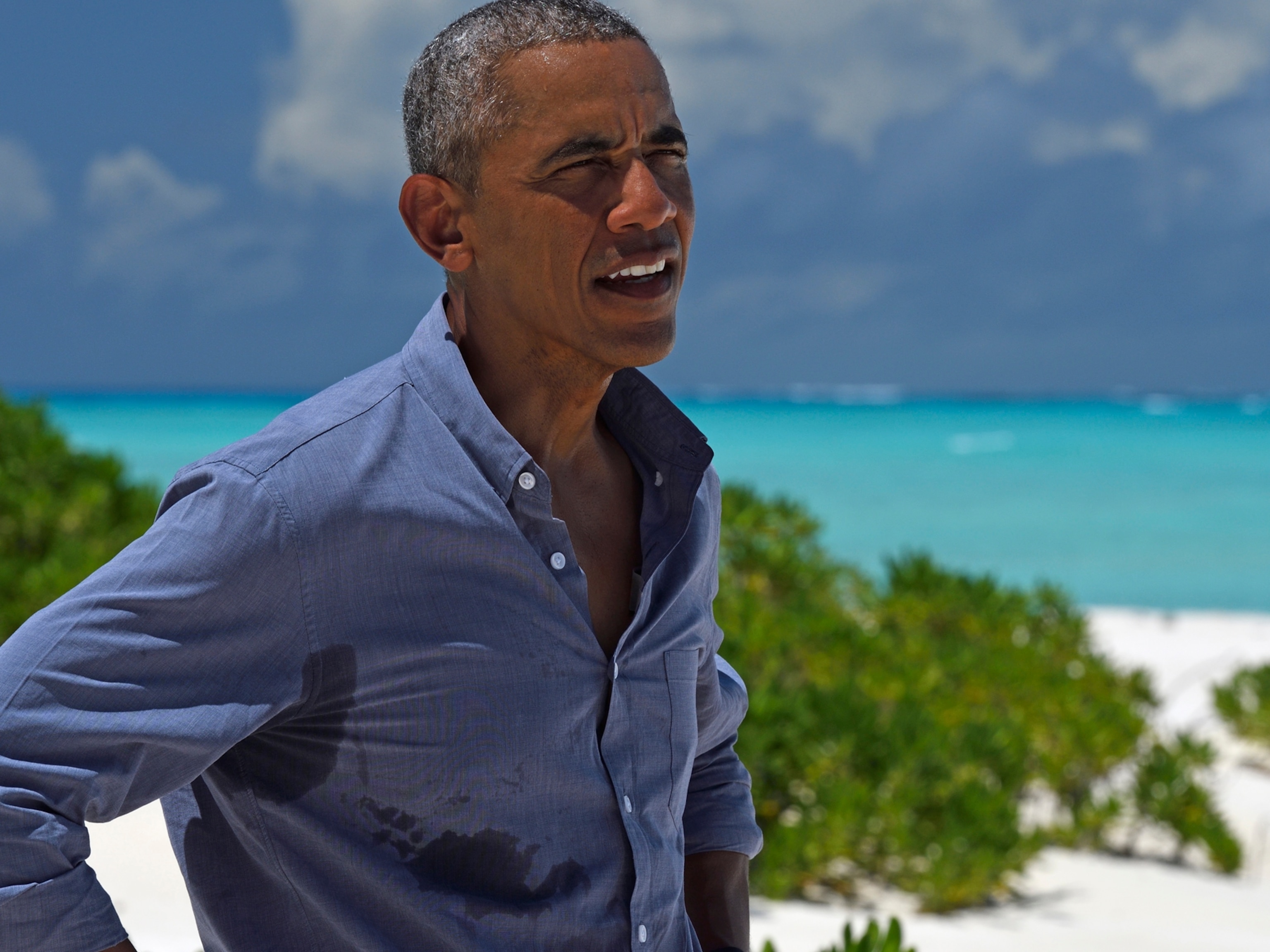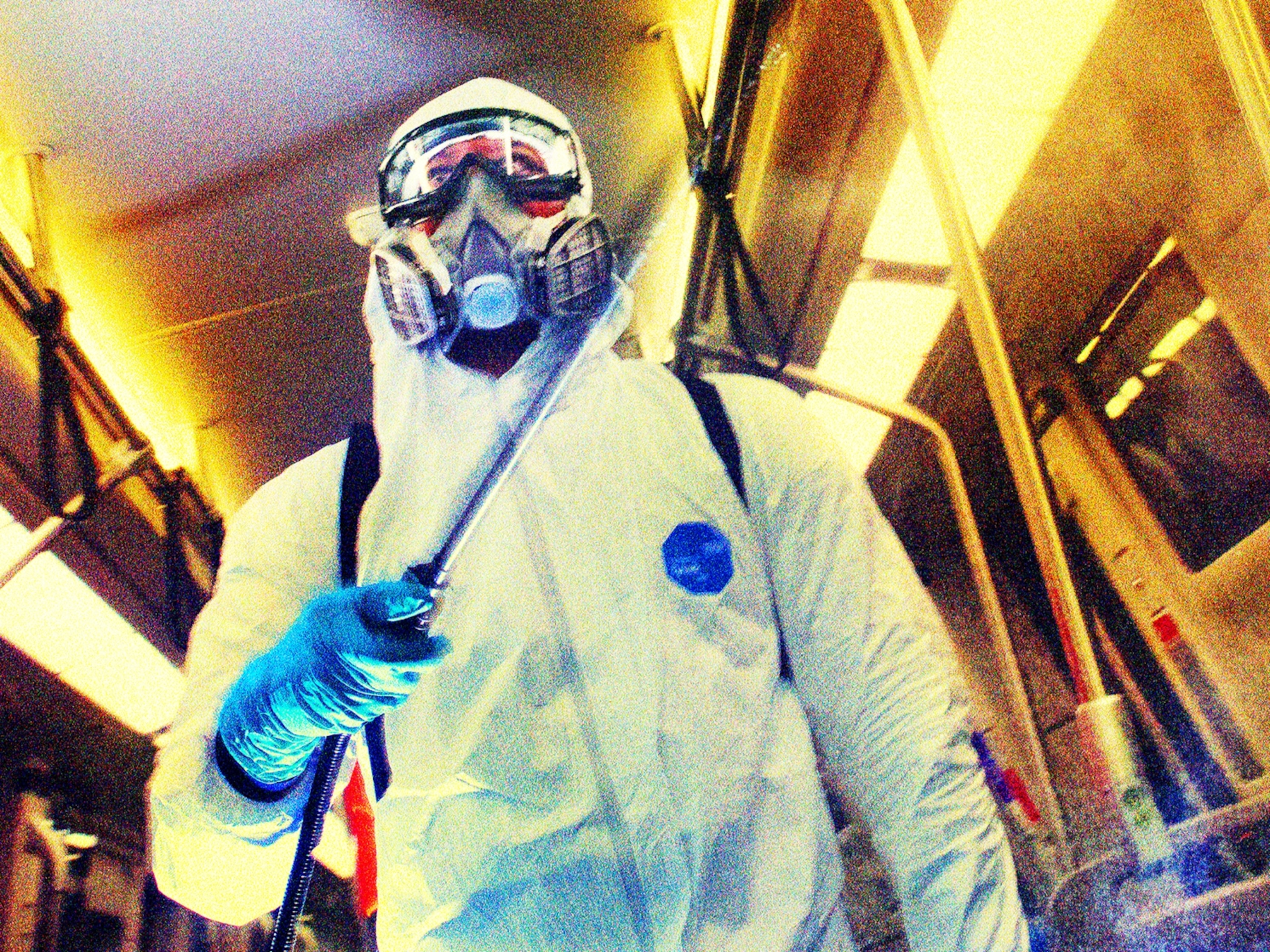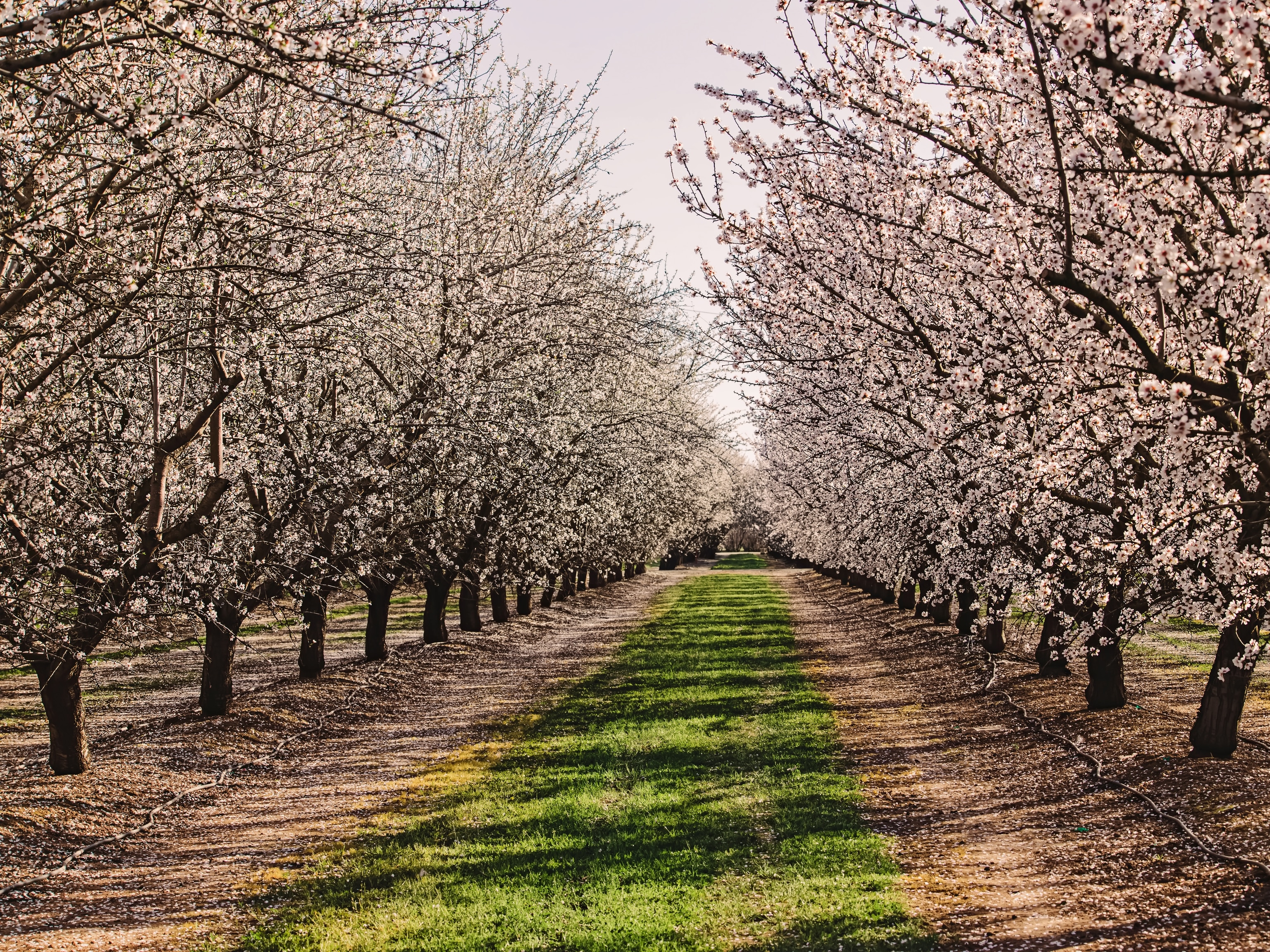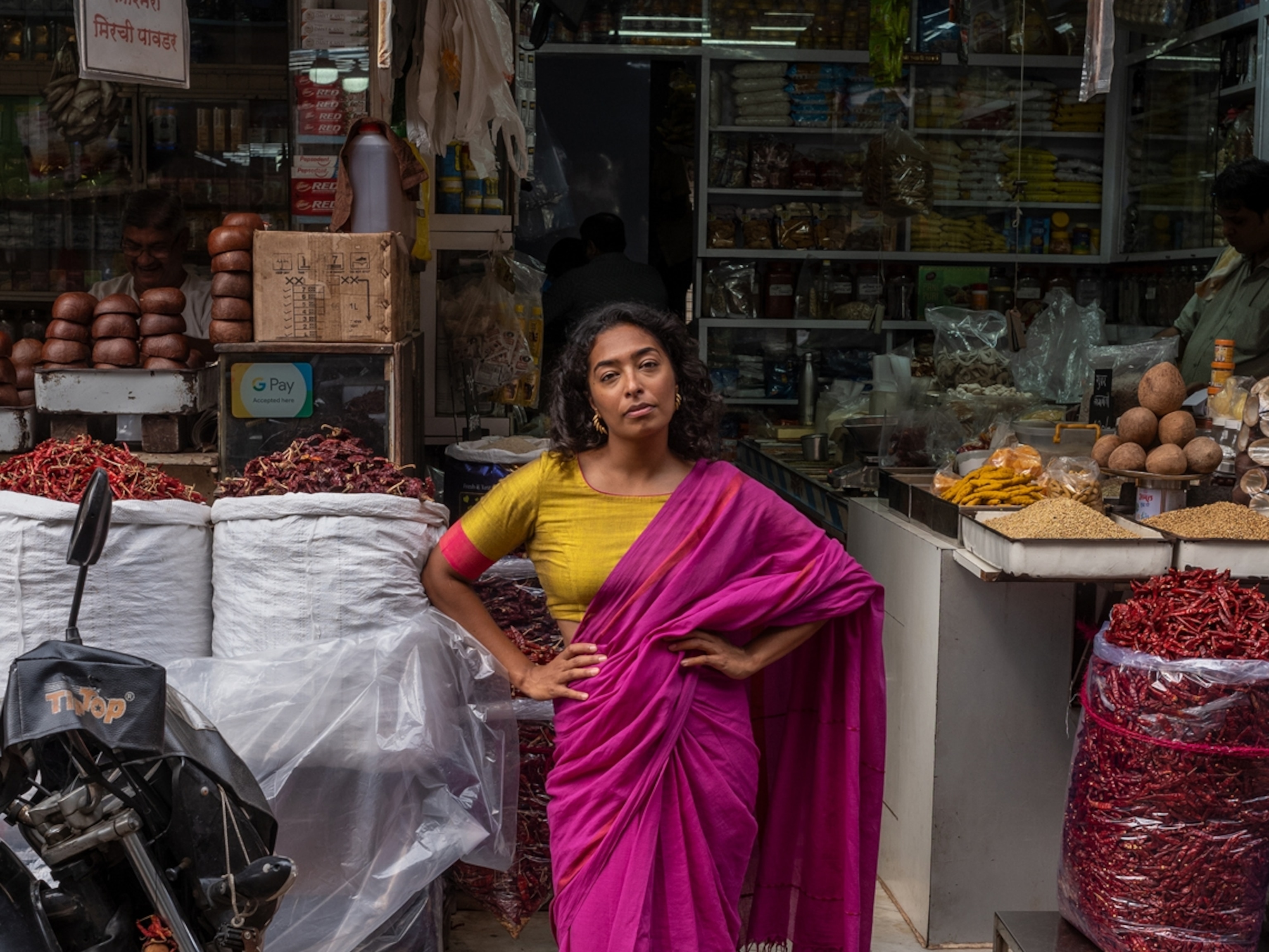
Do You Know Where Your Flowers Come From?
The local flower movement is taking over.
In 1991 the United States attempted to undermine illegal drug production in Andean countries by boosting legal industries, like flower growing, with duty-free imports. Roses, carnations, chrysanthemums, and orchids began to be shipped north—and U.S. flower farming was hit hard.
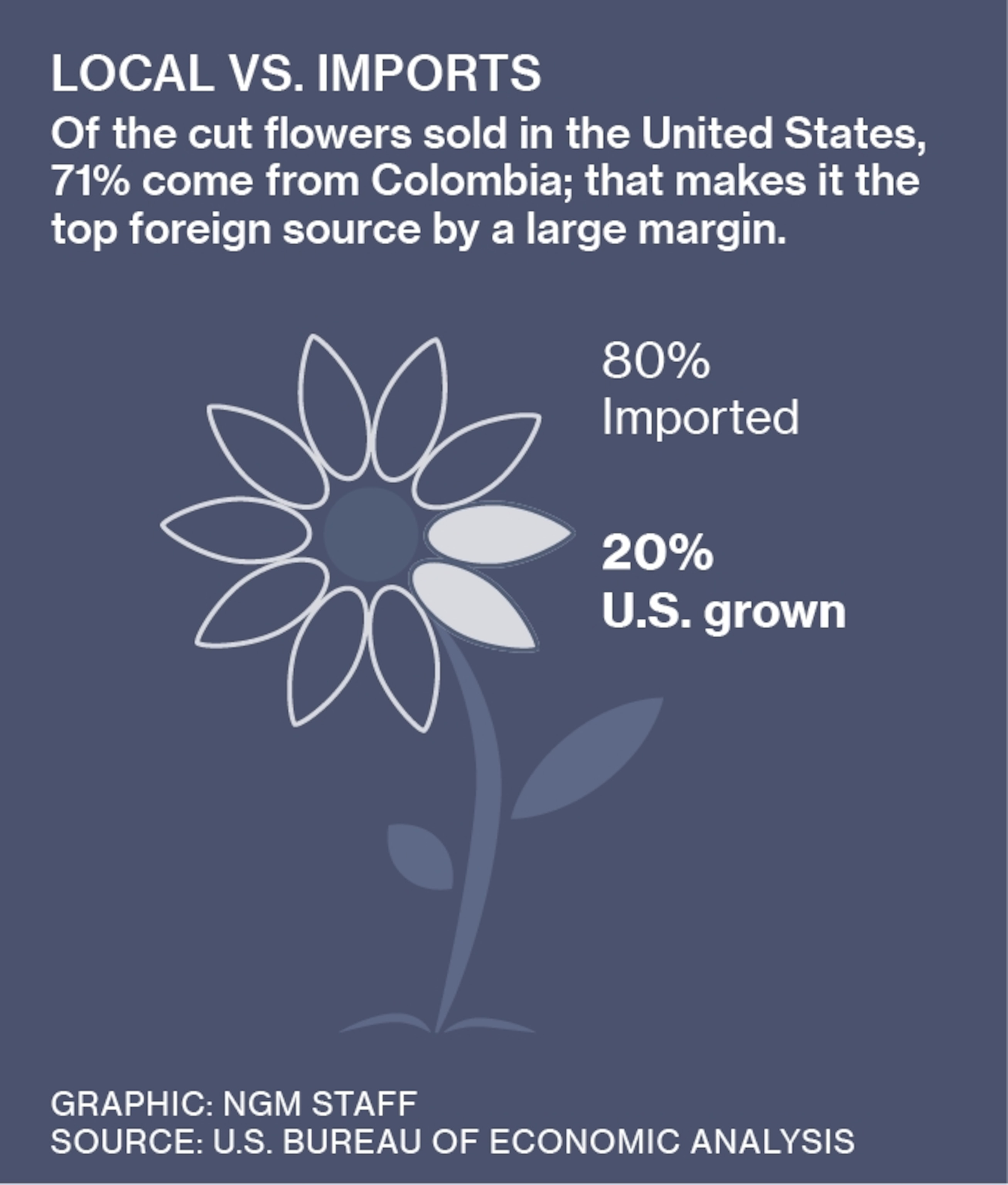
The trade agreement has since expired, and U.S. floriculture is bouncing back. Consumers are being encouraged to select local flowers by groups like Slow Flowers, founded by writer Debra Prinzing, and Certified American Grown, which allows farmers to label their blooms as U.S.A. grown.
“The more awareness the American consumer has about where flowers come from, the better for all of us,” says Andrea Gagnon, a flower farmer in Gainesville, Virginia. “It’s just like asking, Is this a local tomato for my BLT? Now people can ask, Oh, is this a local dahlia?”

